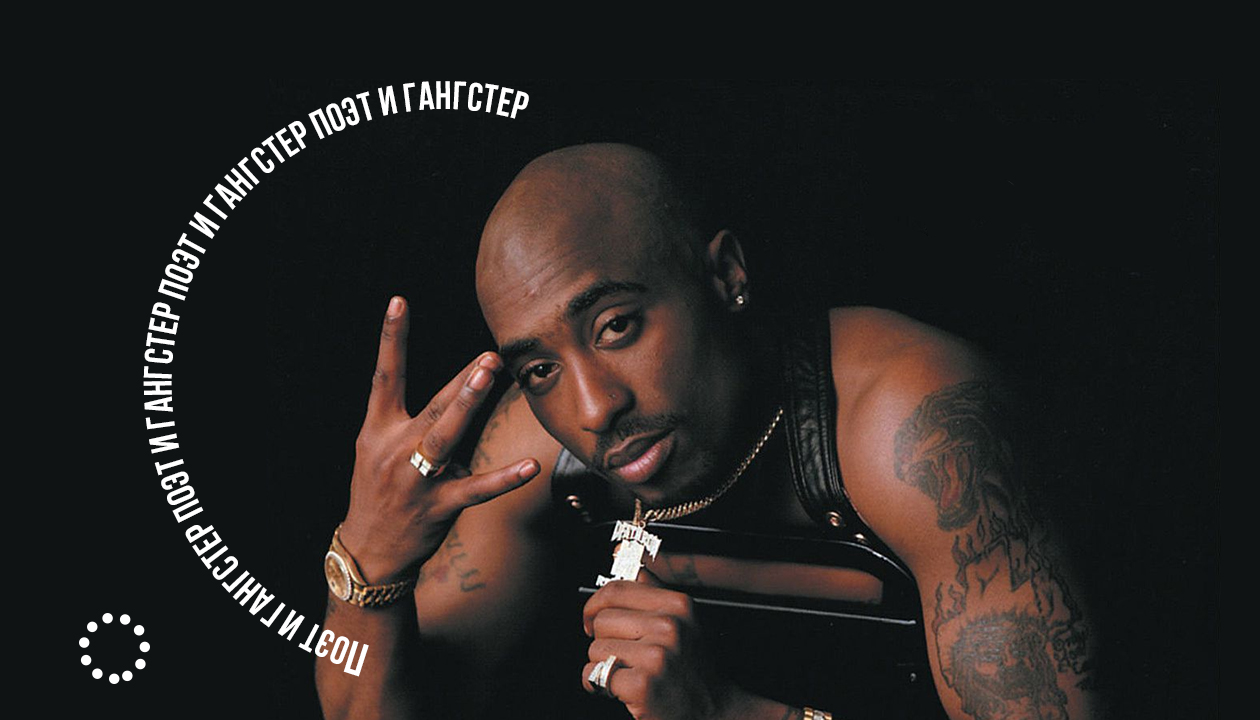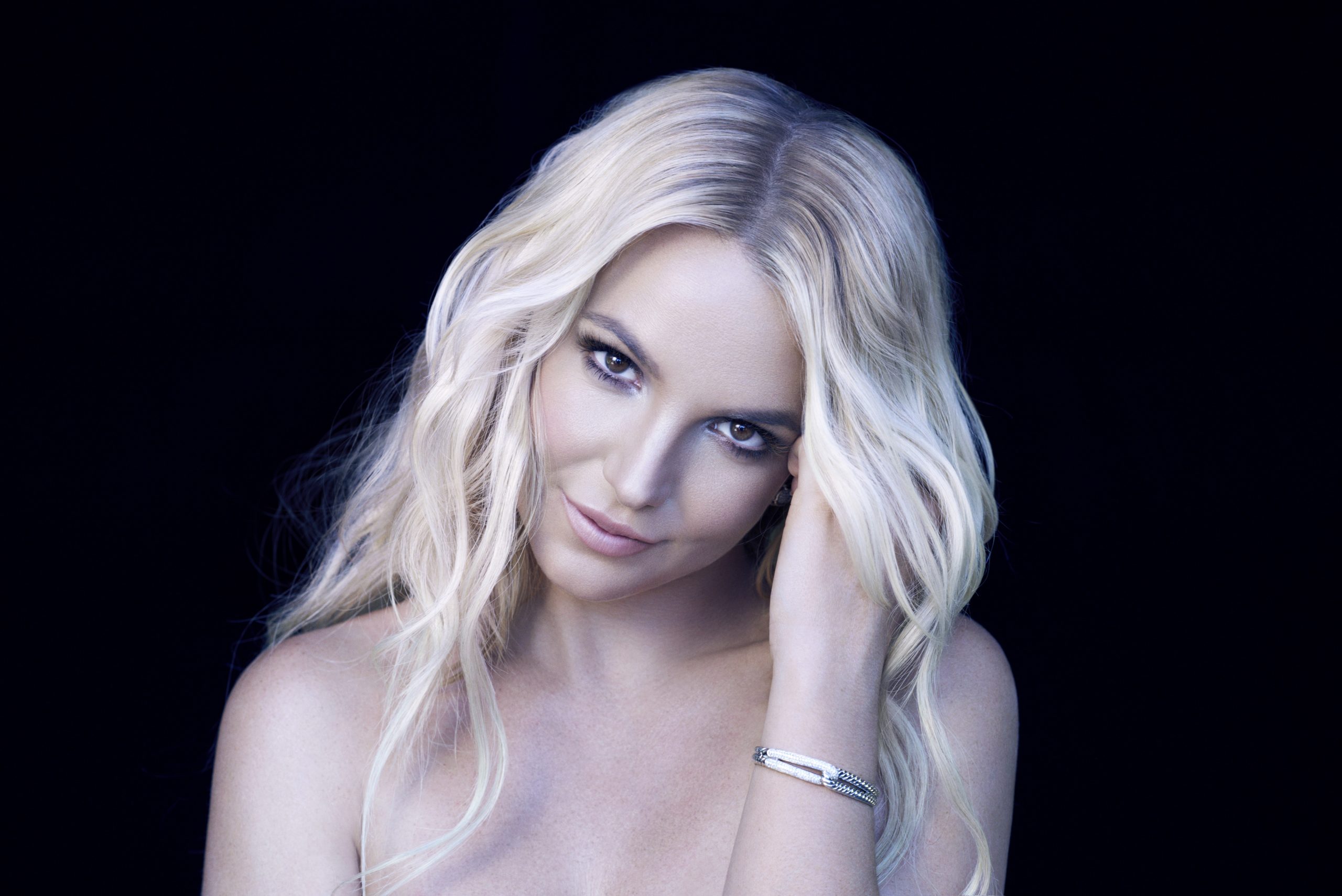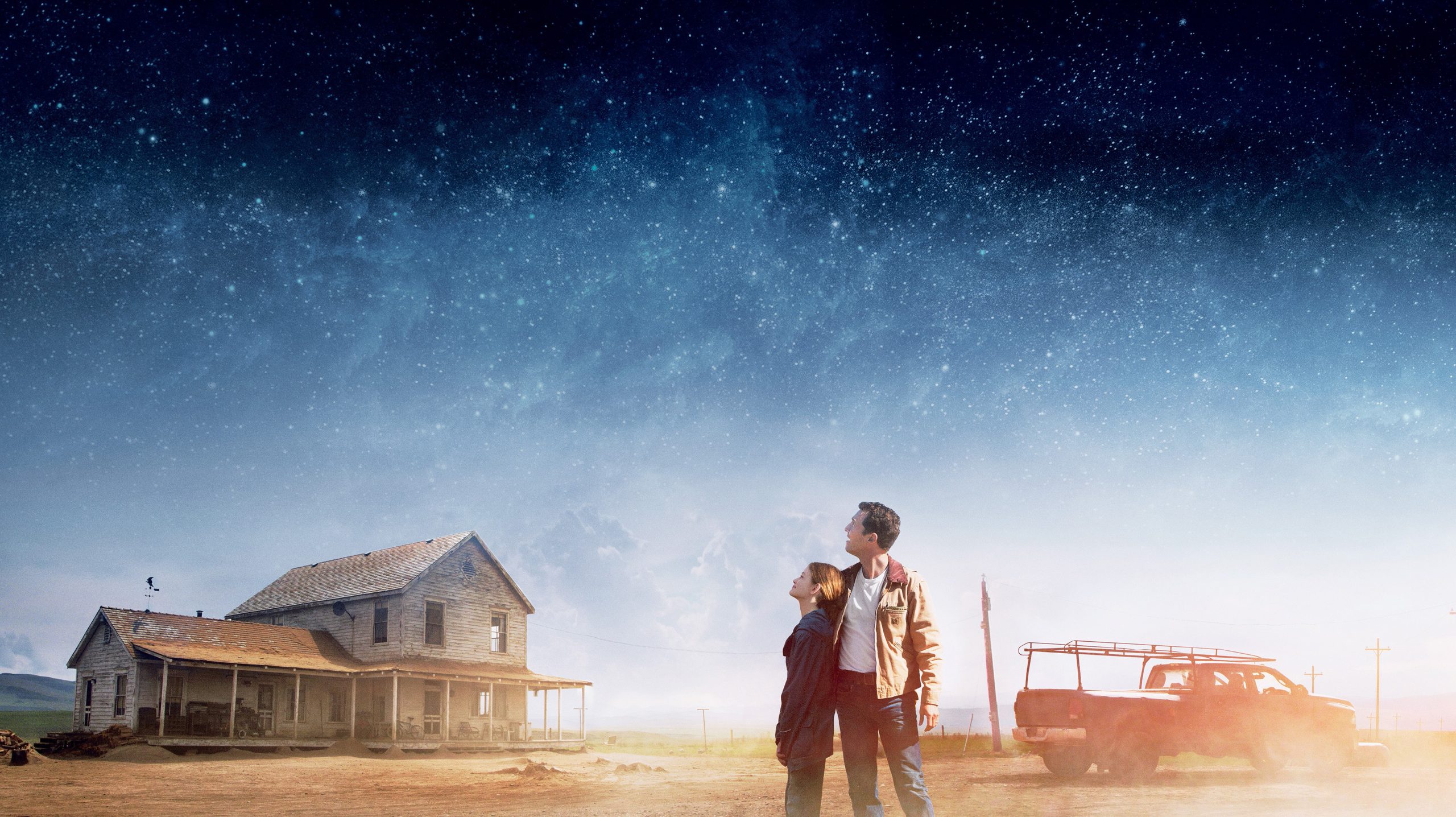An iconic rapper, actor, activist and style icon. His statements are still quoted, and he wears T-shirts and sweatshirts with his image of hip-hop fans. His name is Tupac Amaru Shakur. An artist whose image and rhymes have not lost their relevance for more than 30 years.
He had a huge impact on the work of contemporary artists (including Eminem and Kendrick Lamar), wanted to reconcile the Bloods and Crips gangs, and it was always real. The latter was loved by the audience and respected in the industry. Tupac Shakur lived a short but very colorful life. He said: “I don’t promise that I can change the world, but I promise that I can find the words that will truly change the world.” And he found them. While The Notorious BIG and other East Coast rappers rapped about the beautiful life, money, and women, 2Pac focused on the acute social issues of society in their songs.
The rapper passed away very early. Hard to believe but he could only be 51 years old today! On this occasion, we tell you how a boy from the street turned the music industry upside down and became one of the cult figures of hip-hop.
-
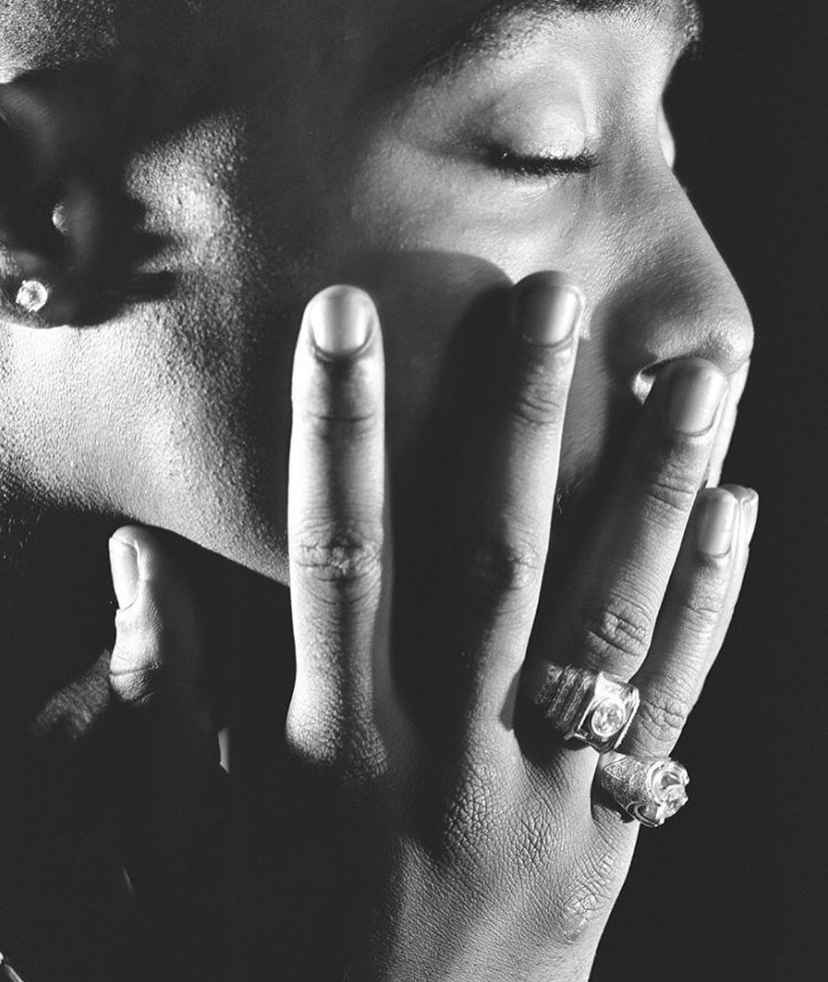
Photo: social networks -
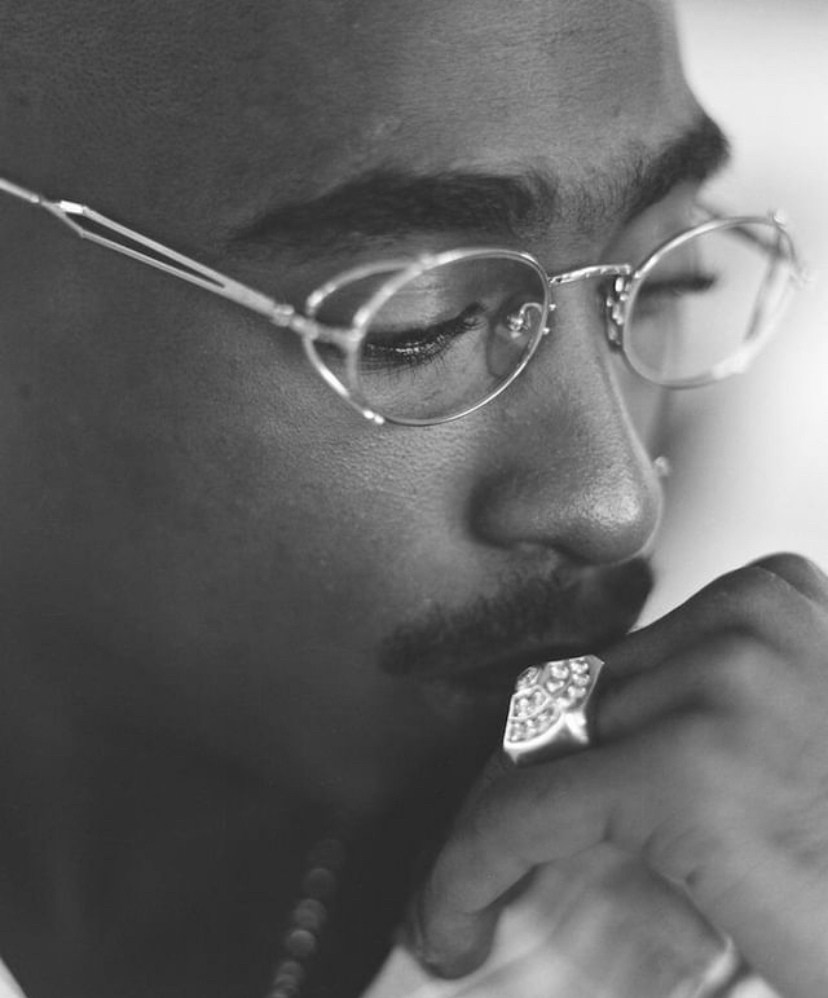
Photo: social networks
Lesane Parish Crooks was born on June 16, 1971, in East Harlem, one of New York’s most gangster districts. A year later, his mother changed his name to Tupac Amara in honor of the Latin American revolutionary who rebelled against the Spanish colonial authorities in Peru and was killed in 1781.
And it’s no coincidence that rapper Afeni’s mother and many of his relatives are members of the Black Panthers organization, which fights for black rights. This fact had a strong impact on Tupac himself. As a child, she read the books of human rights activists Malcolm X, Patrice Lumumba, and George Jackson, and then got a panther tattoo.
painting on contradictions

As a child, Tupac took part in street performances, and when he was 14, he moved with his family to Baltimore and attended the Baltimore School of the Arts. There she studied poetry, jazz, attended acting classes and ballet (she even played the role of the Rat King in The Nutcracker). And then she starred in a dozen movies.
A few years later, due to a difficult relationship with his mother, he moved to California, where his hip-hop career began. It was there that he appeared in the life of the poet Leila Steinberg, who was his mentor for several years. She went to poetry courses in 1989.

Their creative union was considered as controversial as possible and did not fit at all into hip-hop culture. A white female writer teaches the art of poetry and drama to the future gangsta rapper. He lived with her for a while, reading and writing inspired by his image. Tupac’s image was built on this inconsistency. “Some consider me a thug and a gangster, others a poet and a born leader. I believe that a person should be judged by his actions throughout his life, from beginning to end,” Tupac said in an interview.
style icon
-

Tupac Shakur (Photo: legion-media.ru) -

Tupac Shakur (Photo: legion-media.ru)
Tupac Shakur’s style is still a source of inspiration for streetwear and street fashion lovers. He tied a bandana to the front, wore a nose piercing, and objectified the desires of millions, above all else.
-

Rapper Tupac Shakur: 1971 – 1996 -
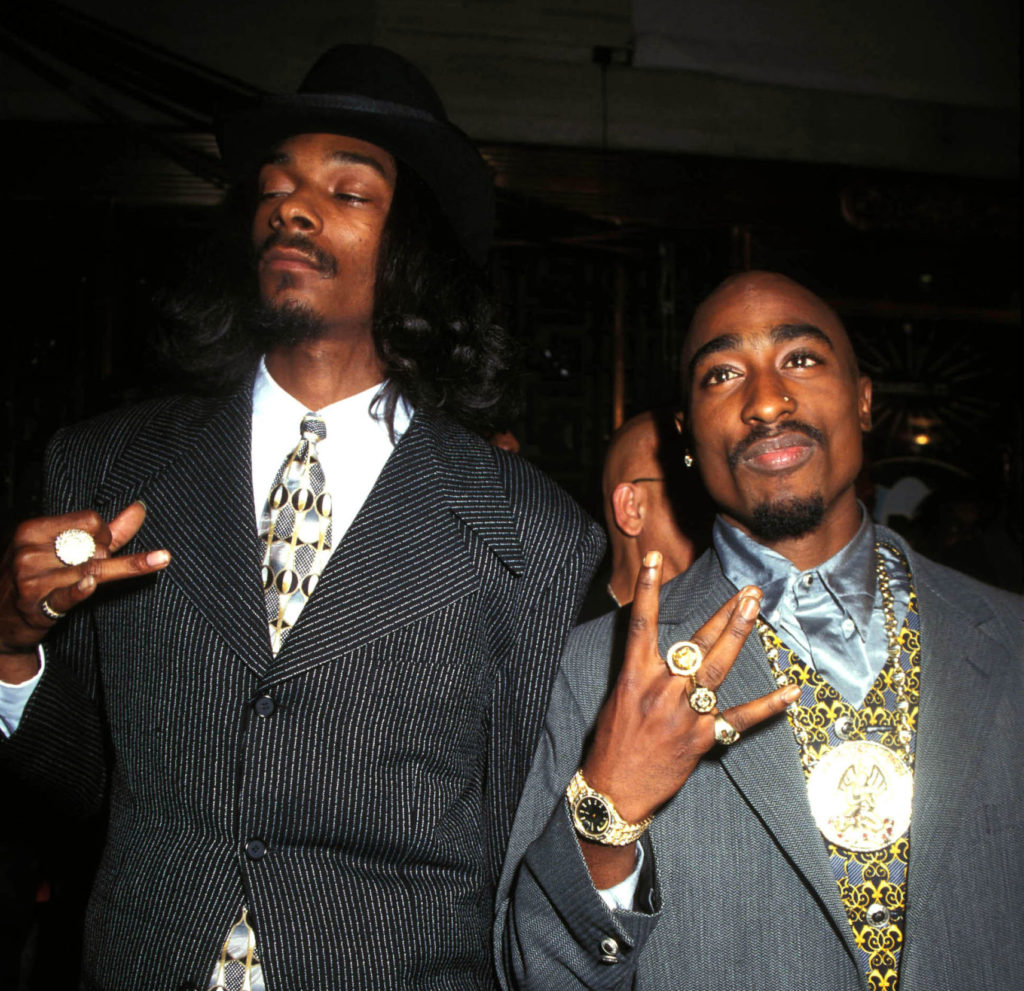
Snoop Dog and Tupac Shakur (Photo: legion-media.ru)
He didn’t follow the trends, he set them. Tupac wore it all with a casual twist befitting the gangsta rapper’s image. You wouldn’t see her dressed from head to toe at Gucci and other A-list brands. Tupac managed to create his own unique style without them. It combined what looked harmonious and remained unique even here. Dickies overalls, baggy tracksuits, flannel shirts, sweatshirts, bucket hats, work uniforms and of course Timberland boots are staples of the rapper wardrobe. By the way, which so far has not lost its relevance.
Impact on the music industry

In the late ’80s, Shakur began performing under the pseudonym MC New York as part of the California band Digital Underground, and the track “Same Song” is considered his career debut.
The stage name 2Pac emerged just 2 years after the release of his debut album, 2Pacalypse Now. This studio album caused a flurry of criticism from the public and the same respect and approval from street representatives. In the rapper’s work, residents of the ghetto heard echoes of what worried them.
Tupac’s words focused the attention of the audience on social and economic inequality, racism and police discrimination. But US Vice President Dan Quayle clearly did not think so and said that “this album has no place in our society”, he even considered banning it, but failed.
In his songs, he talked about things that other rappers are afraid of or don’t want to talk about. There was a spirit in everything he did, and people felt it. “It seems to me that my audience empathizes with me because I’m not afraid to show good and bad emotions,” she said in an interview.
In general, all Tupac’s songs are very personal. For example, one of the most popular pieces, “Brenda’s Got a Baby”, is based on an article about a teenage girl who got pregnant by her cousin, tried to hide it from her parents, and then threw the child in the trash.
Another important fact that proved that Tupac changed the rap industry was the release of a couple of studio albums. We are talking about the last disc, the release of which took place during the life of Shakur, All Eyez On Me.

It contained 27 tracks that were impossible at the time. Prior to this, rappers were hesitant to release large numbers of songs on their albums due to the risk of commercial failure. But Tupac wasn’t afraid and created one of the genre’s most influential albums, securing his status as a ’90s hip-hop icon forever. After that, Wu-Tang Clan, The Notorious BIG, E-40 and even Jay-Z started releasing double albums.
Many respect the rapper not only for his honest songs, but also for his work attitude. He took music really seriously and spent every day in the studio. Proof of this is the release of 6 more full-length albums after Tupac’s death. By his example, he has inspired many young artists to work every day and be guided by the principle “save more material because you never know when you’re going to go”.
-

Photo: social networks -

Photo: social networks
In one of the interviews, the journalist, with whom Tupac saw himself 10 years later, replied that the rapper just wants to be alive. Unfortunately, he was shot dead by a car at the age of 25. He died on September 13, 1996. What have we lost since Tupac’s death? It’s the same sincerity that is so lacking in modern industry now. He was not an angel, but remained real until the end, publishing all his inner experiences in his work.
Source: People Talk

